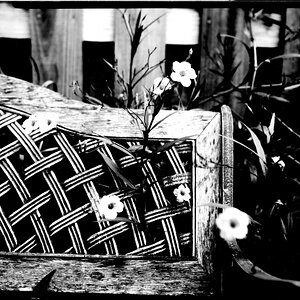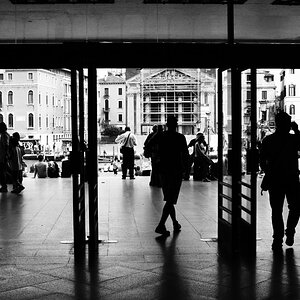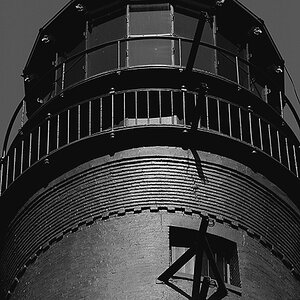ElizaMM
TPF Noob!
- Joined
- Aug 22, 2015
- Messages
- 106
- Reaction score
- 5
- Can others edit my Photos
- Photos OK to edit
I would like to emulate the second portrait on this page: lightstalking.com/low-key-photography/ (young man, dark hair). Without placing the speedlight really close to the face I cannot get the light spread similarly reduced, even with a paper snoot taped around the speedlight. Does someone know how to do this?+


 )
)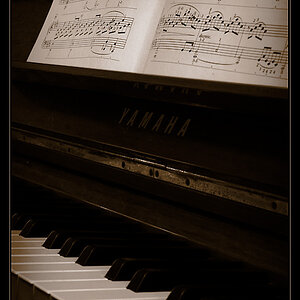
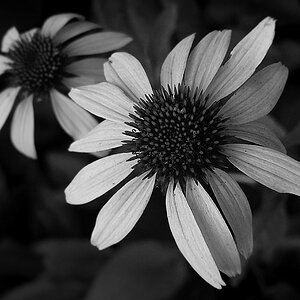
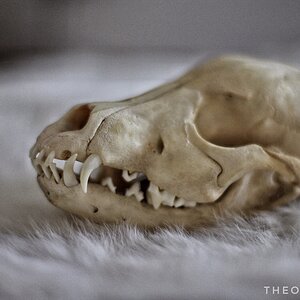
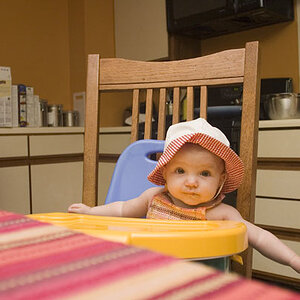
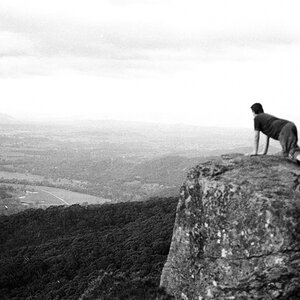
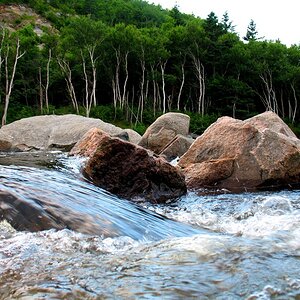
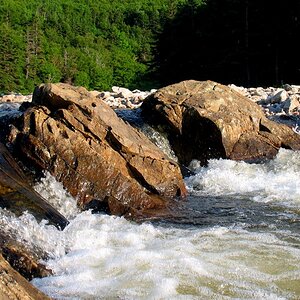
![[No title]](/data/xfmg/thumbnail/38/38262-10a9668da9a2b36a92cddde57caf87bc.jpg?1619738547)
